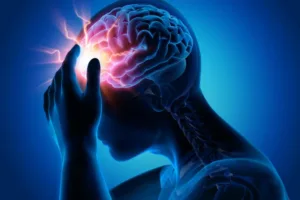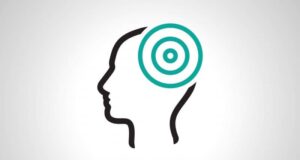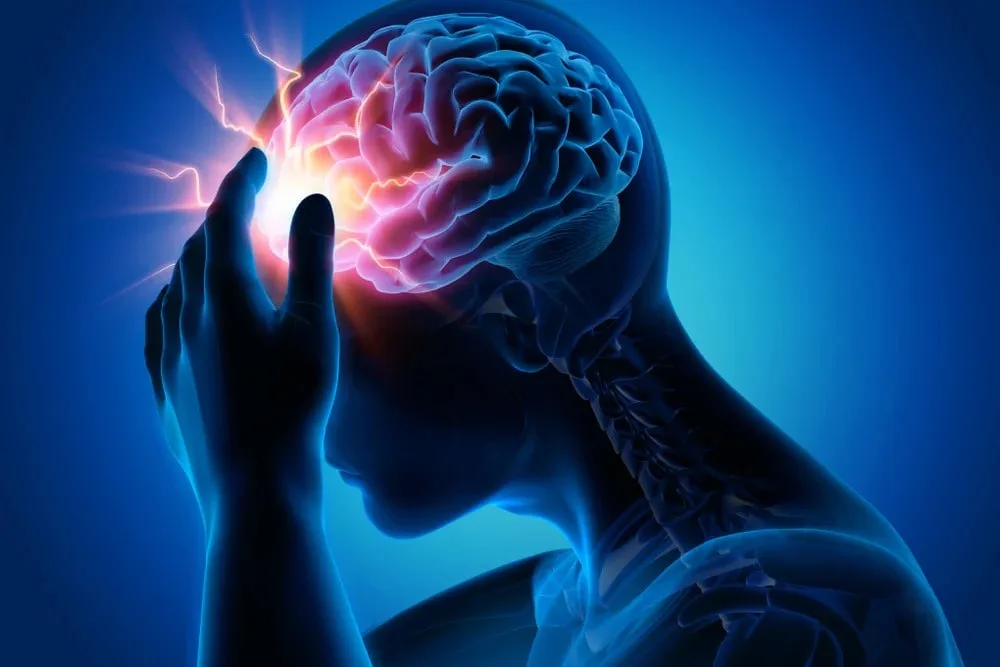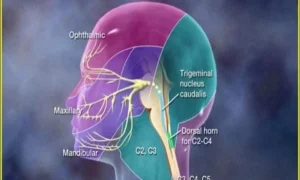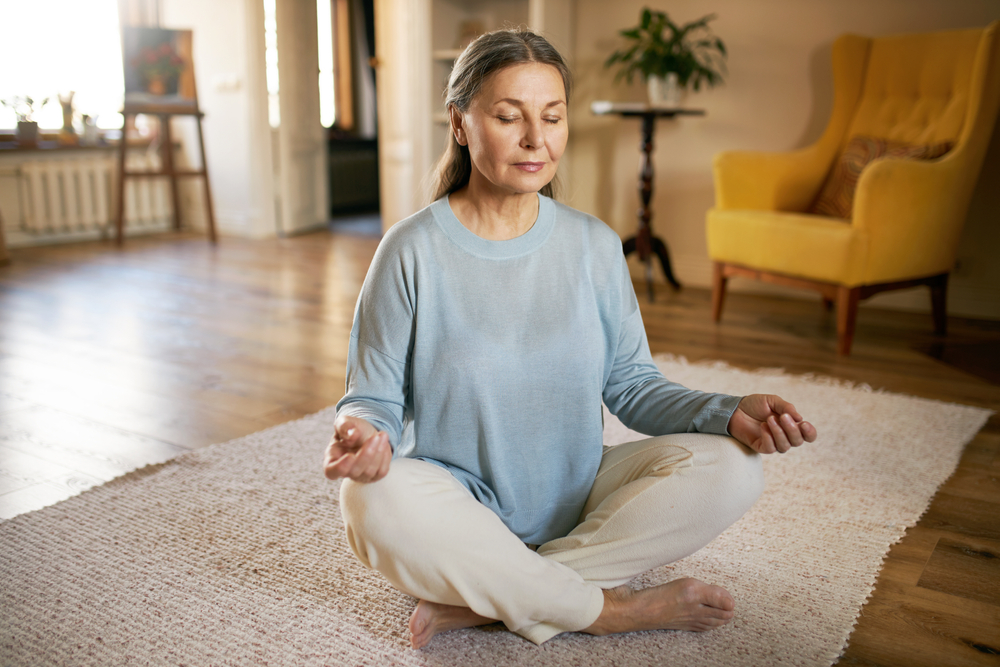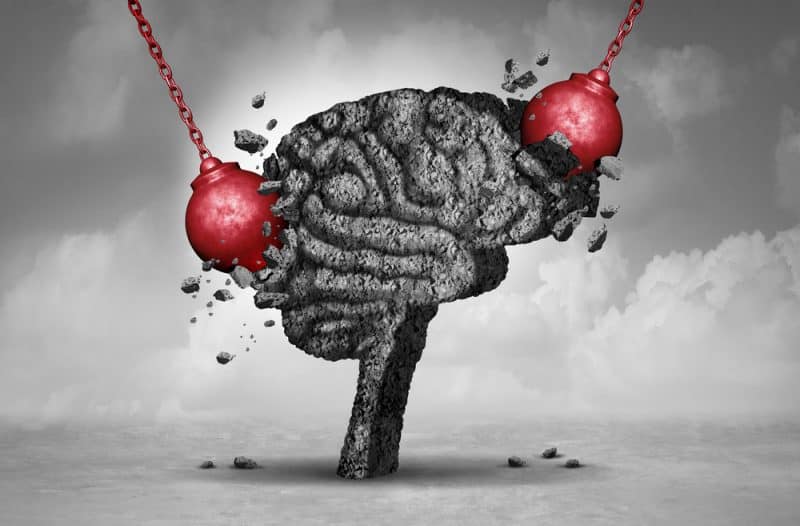Migraine symptoms can be quite debilitating and last for days, disrupting our daily lives and routines. In fact, one study showed that over half of Canadians who suffer from migraines reported that migraine had prevented them from driving, at least for a short time. What’s more, migraine limited getting a good night’s sleep for three-quarters of surveyed individuals with migraine.
Migraine attacks can significantly impact one’s quality of life, causing physical pain and psychological discomfort. Since stress is a common headache trigger for people who experience migraine, practicing relaxation techniques for migraine can be an effective way to manage stress and reduce the risk of suffering from migraine attacks.
In this blog article, we will discuss some simple and effective relaxation techniques to help you manage your stress levels to reduce the frequency and severity of your migraines. Have you ever wondered how to stop a migraine before it even starts? Read on to learn some simple and effective relaxation techniques for migraine relief and prevention.
How do relaxation exercises help with migraine relief?
Psychological stress and anxiety can cause rapid and shallow breathing, as well as activate the sympathetic nervous system responsible for the fight-or-flight response, increasing blood pressure and heart rate, and potentially triggering a migraine attack. In contrast, relaxation exercises for migraine and deep breathing can help to activate the parasympathetic nervous system, which controls relaxation processes in the body, reducing stress levels and promoting relaxation.
Progressive muscle relaxation
This technique was originally created to treat anxiety and stress and involves two simple steps. During the first step, it is necessary to intentionally create tension in a muscle group while paying close attention to how it feels.
Progressive muscle relaxation (PMR) can be practiced as follows:
- Lie down on your back and stretch out your legs.
- As you breathe in, tense a muscle group (such as your neck, shoulders, jaw, or ears) for 5-10 seconds.
- Breathe out and quickly release the muscles
- Rest for 10-20 seconds and observe how the relaxed muscle group feels.
You can begin PMR by focusing on the muscles of your hands by clenching and unclenching them, and then progressively focus on other muscle groups in the upper body, including the arms, chest, shoulders, neck, jaw, and facial muscles.
Visualized Breathing
This relaxation exercise involves a combination of deep breathing and visualization using your imagination.
You can practice it using these steps :
- Find a comfortable place where you can lie down on your back and close your eyes. Alternatively, you can also sit comfortably with your feet placed flat on the floor and your hands in your lap.
- Imagine that you are in a peaceful place, such as in a quiet forest or on a mountain.
- Picture relaxation entering your body, as the tension leaves your body.
- Keep the peaceful scene in your mind as you breathe in and out slowly and deeply for at least 10 minutes.
- At the end of the exercise, sit quietly for a minute or two.
Guided imagery
This technique is centered around focused relaxation and involves using each of the five senses to promote deep relaxation.
Here is how to use this effective relaxation tool:
- Get into a comfortable and relaxed position, such as lying down or reclining back in a chair.
- Close your eyes and breathe deeply from your belly, focusing on the tension leaving your body as you breathe out
- Envision yourself in an extremely relaxing environment you can imagine, such as on a tropical beach or on a forest meadow
- Imagine the sensory details of your imagined scene to involve all five senses.
- Continue the deep breathing, relaxation, and visualization for another 5-10 minutes, and repeat it several times throughout the d
Find balance
In addition to the relaxation exercises above, it is also essential to practice a healthy lifestyle and avoid common migraine triggers. This includes getting enough sleep, getting enough exercise, eating healthy meals at regular intervals, and staying hydrated.
In addition, certain foods can trigger migraines, including processed meat products, aged cheese, caffeine, and alcohol. If you suspect that some of these may be triggering your migraine attacks, it is important to remove them from your diet and continue monitoring your migraines.
Conclusion
Living with migraines can be a daily challenge, but making healthy lifestyle choices, managing your stress levels, and taking the time to relax can help to reduce the frequency and severity of migraine attacks. For the best results, it is recommended to practice these relaxation exercises every day. If you are feeling high levels of anxiety or symptoms of depression, it is important to speak to your healthcare practitioner and seek counseling.



